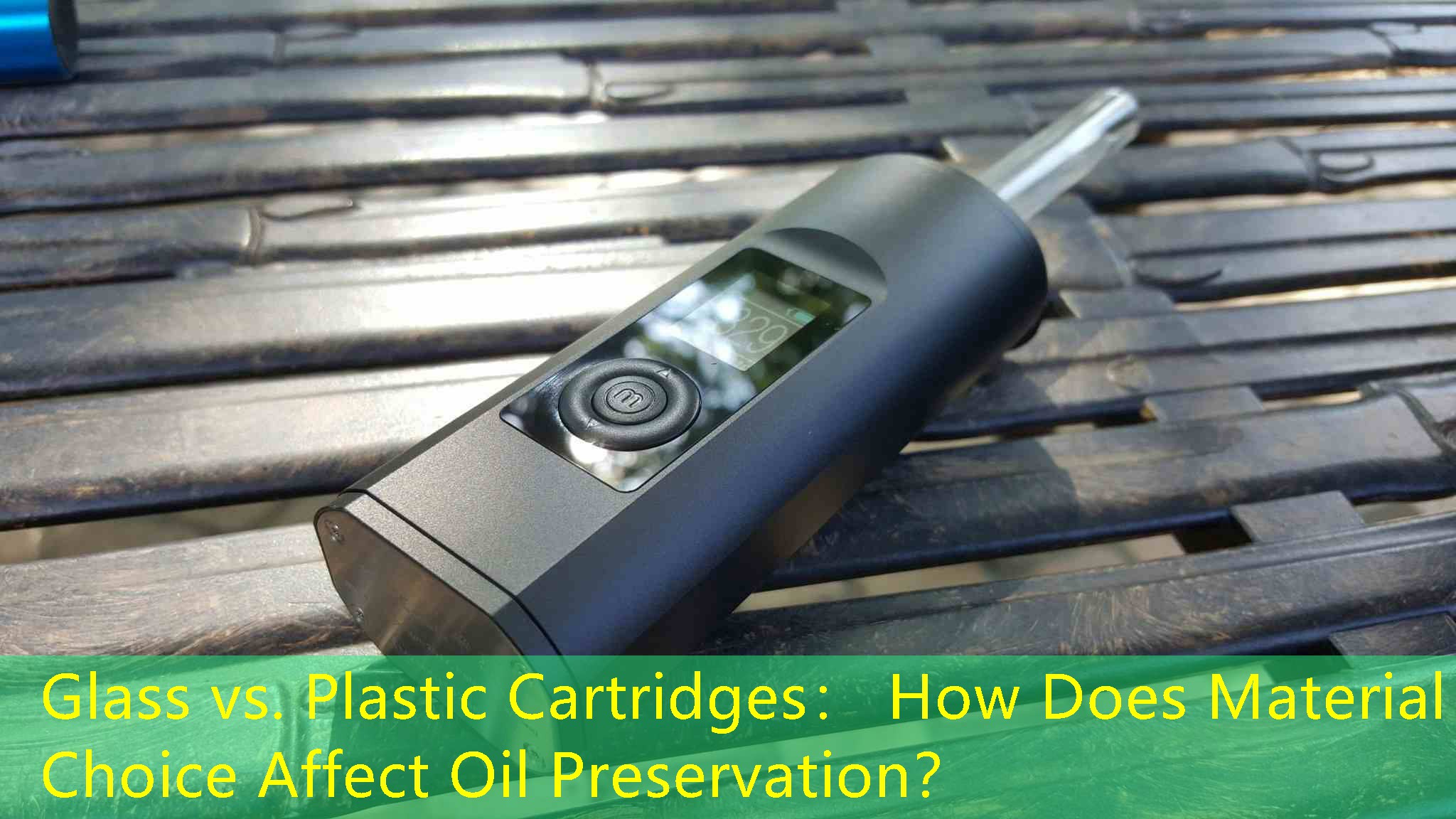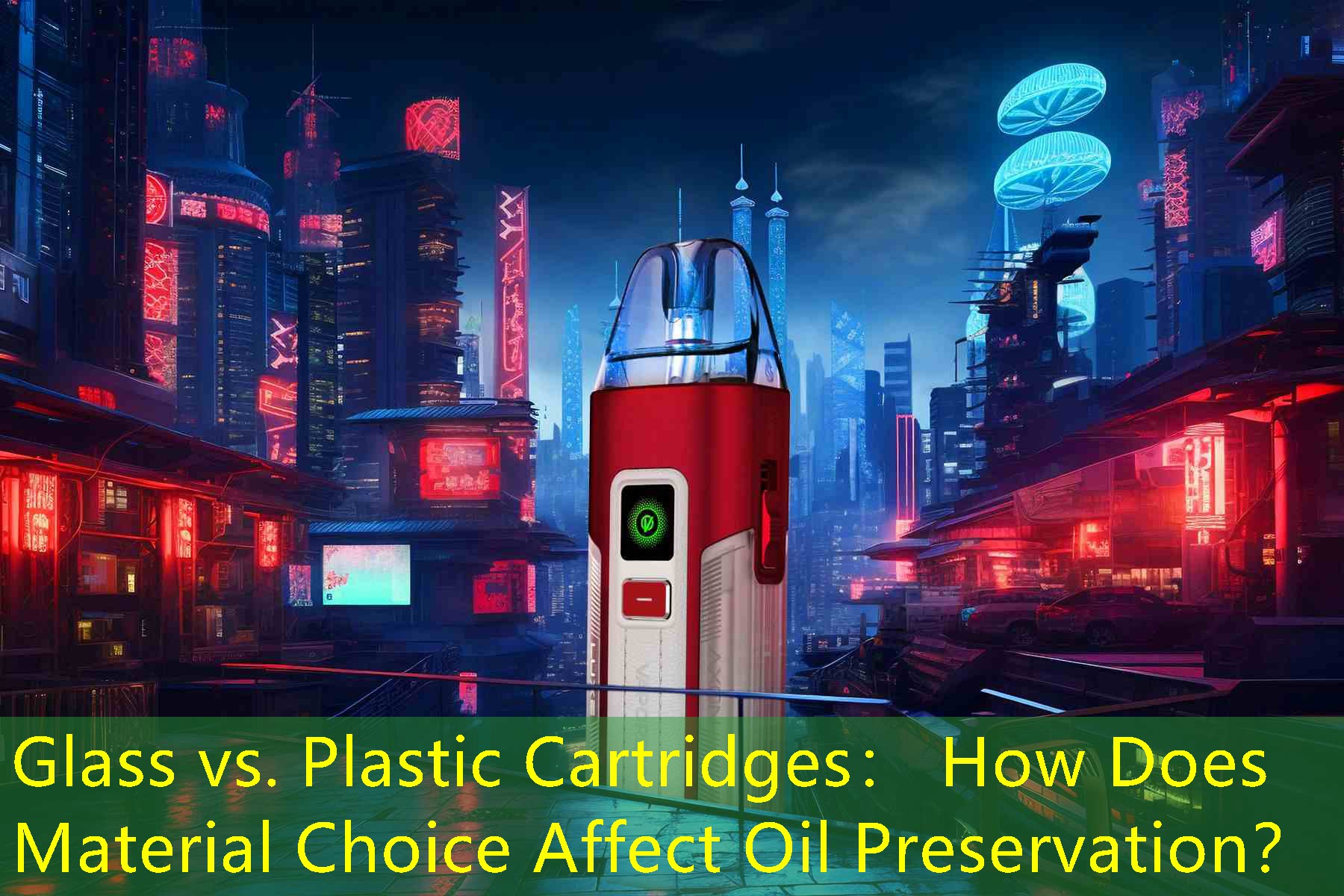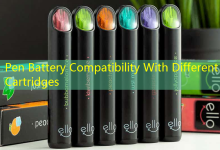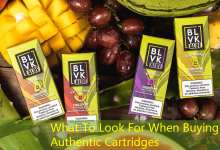Introduction
Dans le monde en constante évolution du vapotage, cartridge material plays a crucial role in both user experience and oil preservation. Two of the most commonly used materials for cartridges are glass and plastic. Cet article explorera les caractéristiques, avantages, and disadvantages of these materials, helping consumers make informed decisions regarding their vaping choices.
Material Characteristics
Glass Cartridges

Glass cartridges are often praised for their durability and inert properties. Made from borosilicate glass, they are resistant to heat and chemicals, which helps prevent the alteration of oil flavor over time. Glass also offers a premium aesthetic, often featuring sleek designs that enhance the overall vaping experience. Cependant, glass can be heavier and more fragile compared to plastic, posing potential risks during transport.
Cartouches en plastique
Plastic cartridges, usually made from PET or PCTG, are lighter and less prone to shattering, making them more portable. They are often more cost-effective to produce and purchase, which can be an attractive feature for budget-conscious consumers. Cependant, plastic materials are susceptible to oil absorption, which can compromise flavors and lead to faster degradation of the cartridge itself.
Expérience utilisateur
Vapor Flavor Preservation
When it comes to preserving the integrity of oil, glass cartridges tend to excel. Their non-reactive surfaces ensure that the flavor profile of the oil remains intact, offering vapers a consistently pleasant experience. Inversement, plastic cartridges can leach into the oil, resulting in altered tastes over time. For serious connoisseurs, this difference in flavor preservation can significantly impact overall enjoyment.
Facilité d'utilisation
Both glass and plastic cartridges are typically designed for easy filling and handling. Cependant, glass cartridges generally require careful handling due to their fragility. D'autre part, plastic cartridges are easier to carry and are less likely to break, catering to users who are often on the go.
Comparison with Competing Products
Against other cartridge options, such as ceramic and disposable cartridges, glass and plastic both present unique advantages. Ceramic cartridges offer exceptional flavor and aroma due to their inert nature, yet they are often more expensive than their glass and plastic counterparts. Disposable cartridges, while extremely convenient, may not provide the same quality preservation or cost efficiency over time.
Avantages et inconvénients

Glass Cartridges
Avantages:
– Superior flavor preservation
– Inert chemical properties
– High-end aesthetic
Inconvénients:
– Heavier and fragile
– Typically more expensive
Cartouches en plastique
Avantages:
– Lightweight and unbreakable
– Cost-effective
– Convenient for travel
Inconvénients:
– Potential for flavor alteration
– Less durable in terms of long-term use
Analyse du groupe d'utilisateurs cible
The choice between glass and plastic cartridges largely depends on the user demographic. Aficionados and frequent vapers might prefer glass cartridges for their flavor preservation and aesthetic appeal. Inversement, casual users or those new to vaping may lean towards plastic options for their practicality and affordability. En résumé, understanding the pros and cons of each cartridge type will ultimately empower users to align their choice with their personal vaping preferences and lifestyles.







